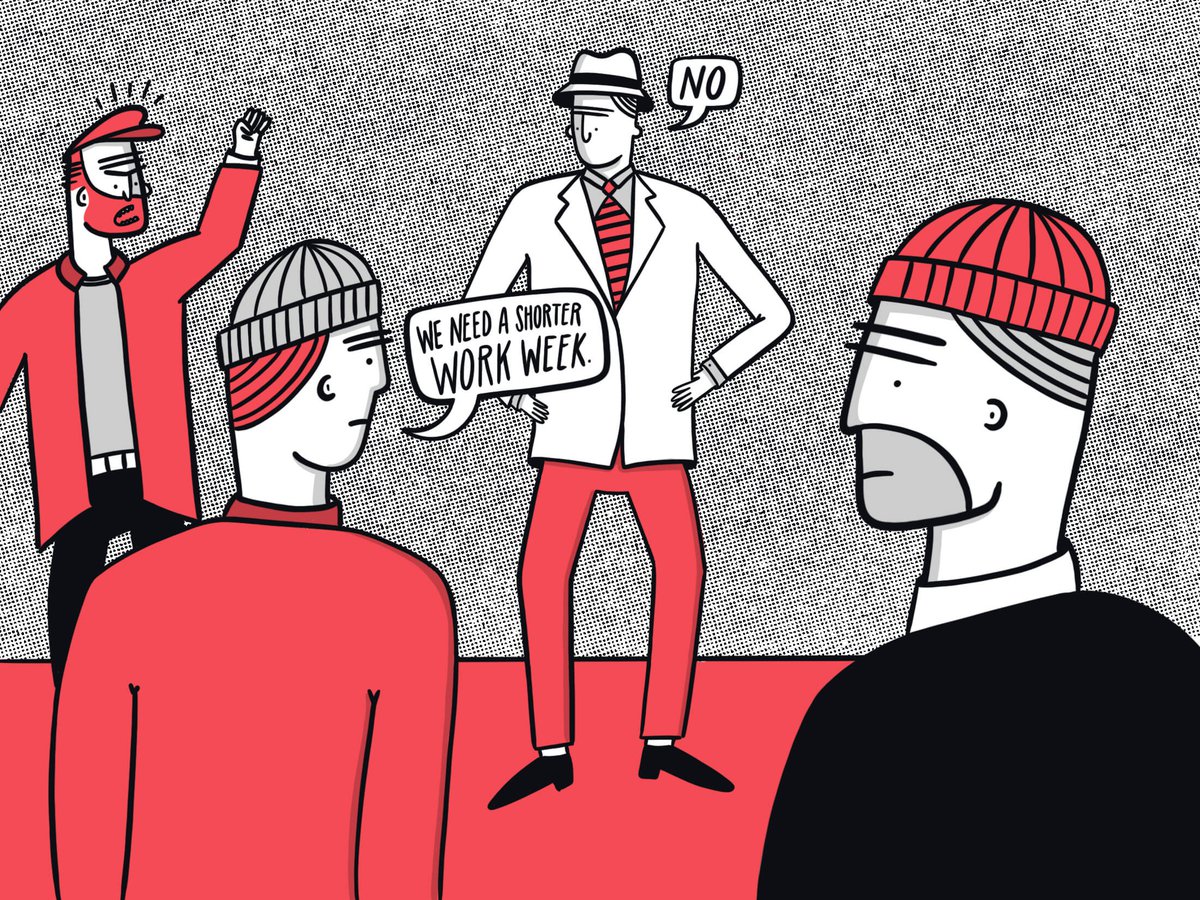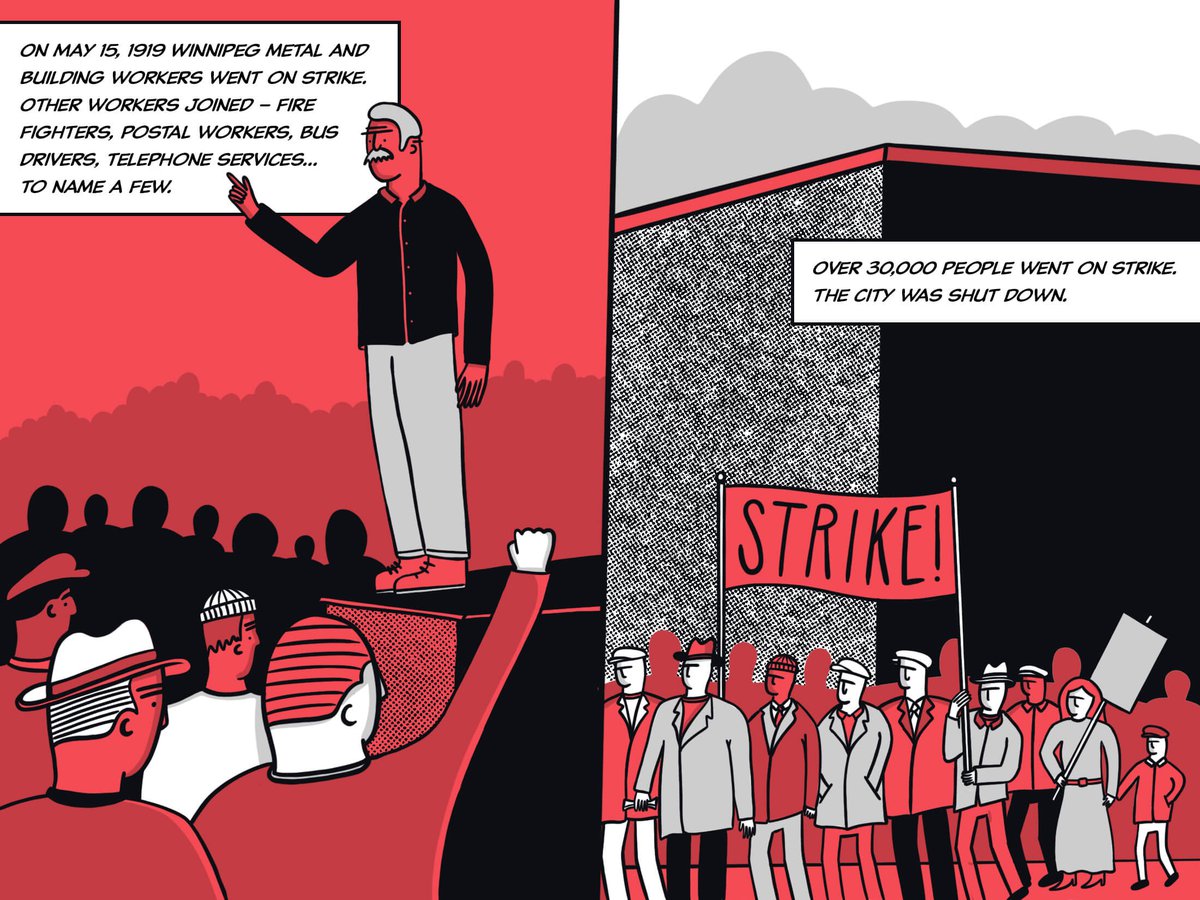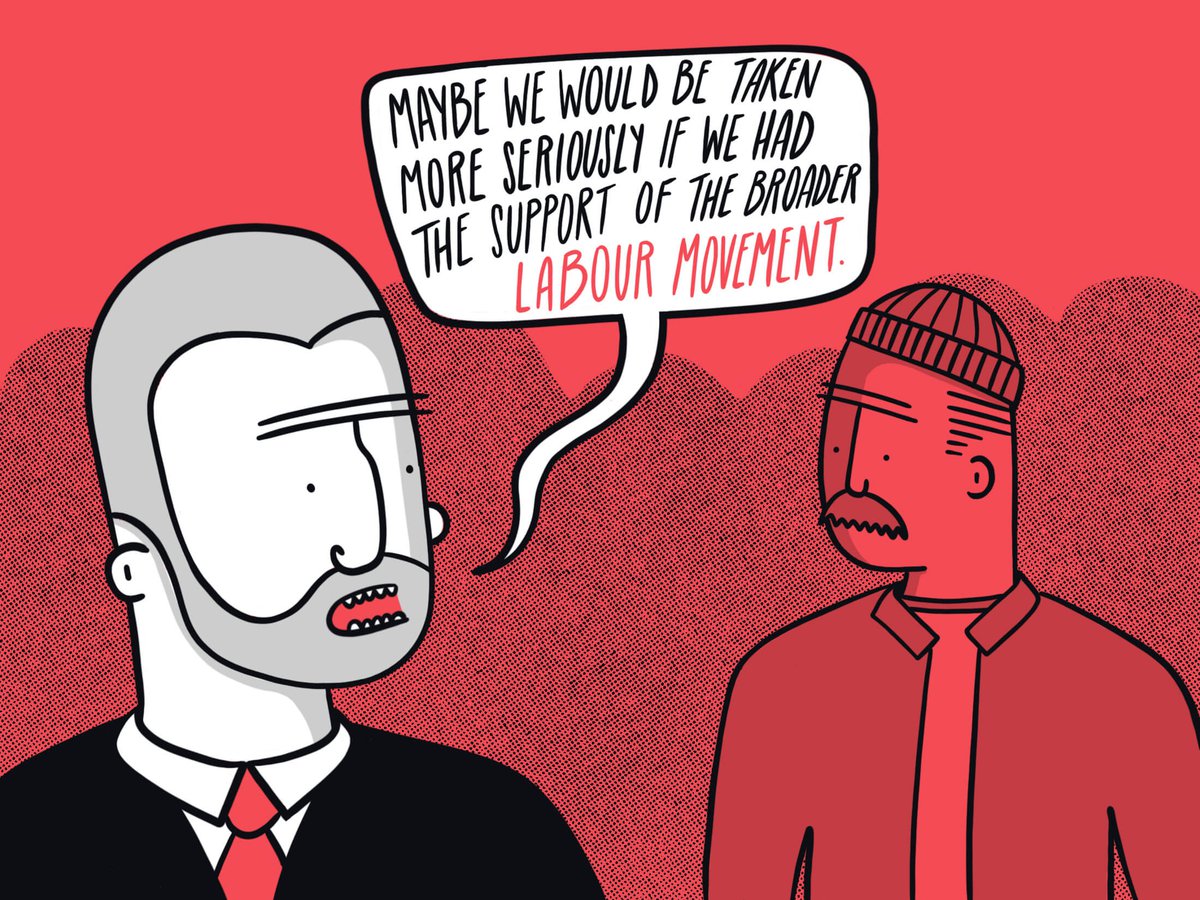Related Resources:
1916: 168 strikes - 26,971 strikers
1917: 222 strikes - 50,327 strikers
1918: 305 strikes - 82,573 strikers
1919: 428 strikes - 149,309 strikers
1920: 459 strikes - 76,624 strikers
Steve Szczerbanowicz died on Bloody Saturday (June 21, 2015) during the Winnipeg General Strike, after being shot by a police officer. Nobody came to claim his body. A recent immigrant with little money, Szczerbanowicz was buried in an unmarked grave at Brookside Cemetery on Notre Dame Avenue on June 29th, 1919. His grave remained unmarked until 2015.
96 years later, a handful of Winnipeggers worked together to put a headstone on Szczerbanowicz’s grave, commemorating his death and the working-class struggle he died for.
AUPE was first organized in 1919 as the Civil Service Association of Alberta (CSAA) with around 400 members, who were mostly employed directly by the provincial government. Resistance was limited because before 1959 there was no Public Service Commission and most appointments were given to supporters of the government. For many years, its members were treated as servants, with the expectation that they should be grateful to have jobs and accept their wages and working conditions without question. And as CSAA founder Bill Aiken recalled: “The Public Service Act said that if a government worker just asked for a raise – or got someone else to ask for a raise on his or her behalf – it counted a resignation from your job”.[i]
[i] George Brandak, Interview with W.T. Aiken, 1968. Oral History Collection, Alberta Archives
CSAA historical milestones include:
- 1923 - Pensions
- 1934 - Group life insurance
- 1947 - Dues check-off
- 1948 - Mileage rates
- 1955 - A 40-hour week
- 1956 - Four weeks' vacation after 24 years
- 1957 - A classification appeal procedure
- 1967 - Medical premiums half covered by the employer
- 1968 - New legislation that recognized the CSAA as sole bargaining agent for government employees, as well as some boards and agencies
























































